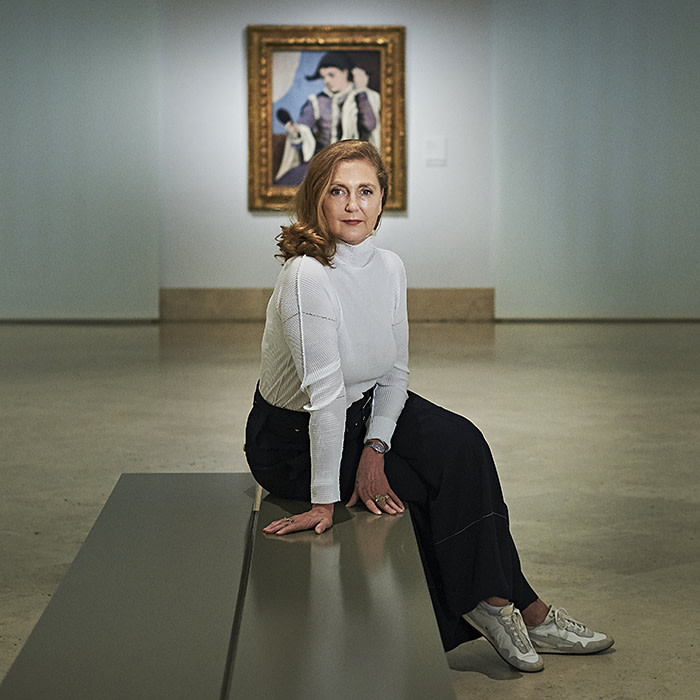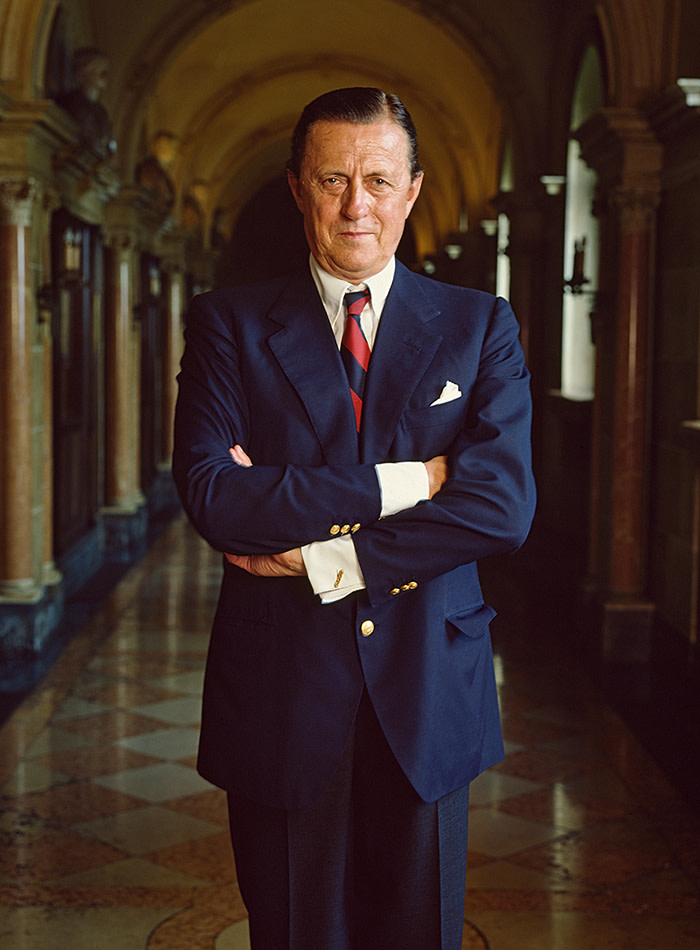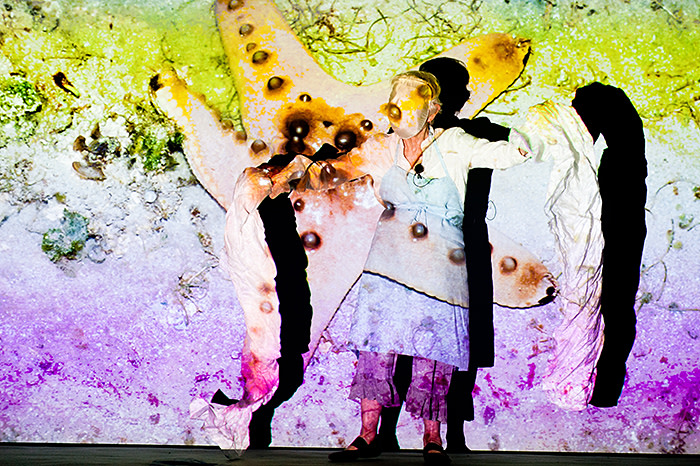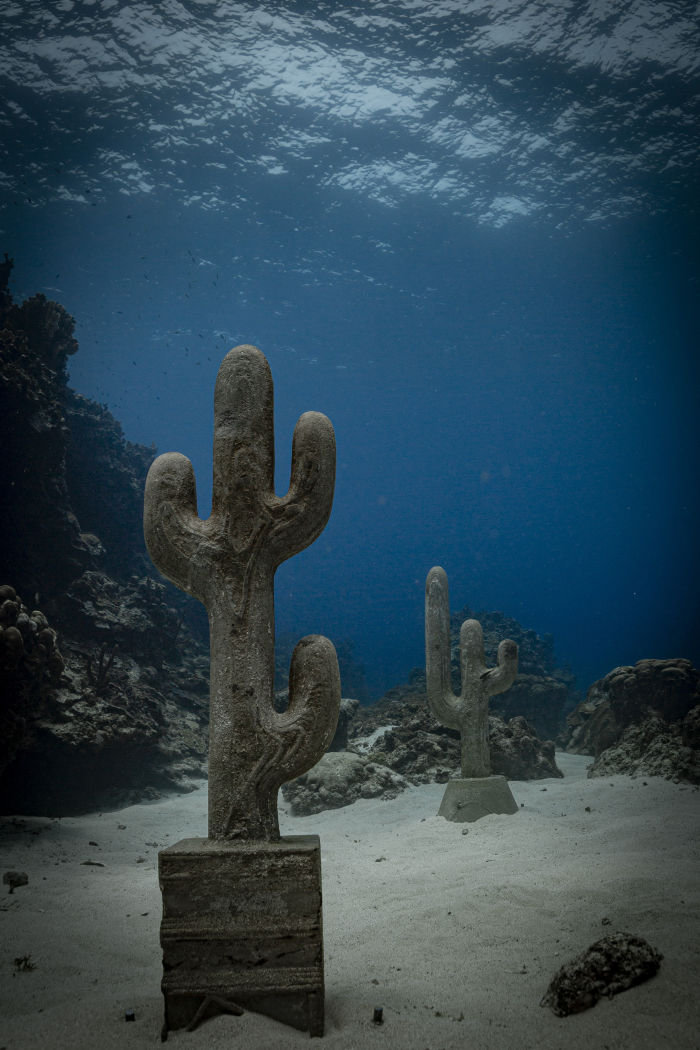Collector Francesca Thyssen-Bornemisza on artists being advocates for change

Roula Khalaf, Editor of the FT, selects her favourite stories in this weekly newsletter.
Francesca Thyssen-Bornemisza is a little late for our appointment at the Madrid museum that bears her family name. Apologetic, she exclaims: “I am not a disciplined person, and that’s on the record!”
Long gone is the wild party girl who became tabloid fodder in the 1980s. Since those days she married, and has recently divorced amicably from Karl von Habsburg, the grandson of the last Austrian Emperor, Charles I, and father of their three children.
She has transformed herself into a respected art world patron and generous philanthropist, creating an art foundation in Vienna as well as funding a host of avant-garde art projects. These include sending a barge up the Danube with the Turkish artist Kutluğ Ataman, establishing an impermanent pavilion by Olafur Eliasson and David Adjaye on the Croatian island of Lopud and commissioning a huge Joan Jonas exhibition.
When we meet she is in Madrid for the launch of the exhibition More-than-humans at the Thyssen-Bornemisza Museum, in the 18th-century Villahermosa palace that houses the renowned collection of her prodigiously rich father, Baron Heinrich — “Heini” — Thyssen-Bornemisza, who died in 2002.

The exhibition, by Dominique Gonzalez-Foerster and Tomás Saraceno, is the third in a four-year collaboration between the museum and TBA21 (Thyssen-Bornemisza Art Contemporary), the foundation Thyssen set up in 2002 with Markus Reyman. Its aim is to attract new audiences and, notably, to support the Spanish contemporary art scene: “to move the museum into the 21st century”, she says.
Housed in the basement of the palace, the exhibition pairs videos of Gonzalez-Foerster lip-syncing opera, while display cases contain Saraceno spider webs. The two are connected by the examination of intelligences beyond human understanding, according to curator Stefanie Hessler.
Many of today’s collectors are self-starters, particularly in the contemporary sector. But Thyssen, now 61, grew up among the riches of Europe’s second-largest private art collection (after Queen Elizabeth II’s). Today much of that collection belongs to the Spanish government, after a deal was brokered in 1993 at the insistence of Carmen “Tita” Thyssen, the Baron’s fifth and last wife, a firecracker former Miss Spain.
“My mother [the fashion model Fiona Campbell-Walter, her father’s third wife] used to help me count all the animals depicted in Carpaccio’s ‘Young Knight in a Landscape’,” says Thyssen. It was just one of the hundreds of masterpieces she lived with as a child and young woman. Even so, growing up in such an environment wasn’t perfect. “You wonder why your parents are paying more attention to art than to you. It caused massive resentment; I felt that my parents were otherwise engaged.”
At the same time, she says, “In my formative years I enjoyed being in conversations about art, meeting curators, museum directors, collectors — J Carter Brown, Grey Gowrie, Simon de Pury and others — a cast of extraordinary figures.”
A significant moment came in 1982, when she took a trip to the Hermitage Museum in St Petersburg, when her father and Simon de Pury were organising an exhibition from the Thyssen collection in exchange for loans from the Russian palace. “I’ll never forget going through the totally disorganised, under-cellar passages with just torches, looking for masterpieces.
“This was strongest impression of my lifetime; having this intimate relationship with such great collections, what they mean and what you can do with them. My father thought he could contribute to world peace by doing these exhibitions,” she says, adding, “It was not intended as a super arrogant idea.”
It is clear she adored her father, and as we talk, my glance turns to a portrait glowering down at us at the end of the dark boardroom. It shows the Baron, affected by a stroke and with his left arm held in a colourful sling. It is by the Spanish court artist Ricardo Macarrón, who also made a hilariously over-the-top portrait of Carmen Thyssen, now hanging in the entrance of the museum.
Thyssen says she is inspired by her father to use art to contribute to a cause. In her case, it is the environment. “It used to sound preposterous to talk about saving the environment, but now it’s urgent and everyone must engage,” she says. “Yes, my father had a huge amount of fun, five wives; he indulged himself — and so do I! — but he also had a huge conscience. What he did with exhibitions, I do with my commissioning process through the foundation.”
One of the projects she founded is TBA21 Academy, now led by Markus Reymann. She explains that “with a circle of co-producers, we are fostering deeper understanding of the ocean through interdisciplinary research.”

We are talking the day after Greta Thunberg berated world leaders at the UN, and Thyssen wells up talking about it. “It brought tears to my eyes,” she says, reaching for a tissue. “When I was her age, it was the exact opposite, I was in an environment of hope and opening up the world to more fairness and justice. Now it is the opposite situation.”
But, she says, “artists can be advocates for change,” pointing out that for the More-than-humans launch, both Saraceno and Gonzalez-Foerster arrived by train. She admits she flew in, to her embarrassment, but that nevertheless the exhibition is carbon-neutral.

As well as the world-class collection built up by her father, grandfather and great-grandfather in the Thyssen-Bornemisza museum, a separate section shows the collection of her stepmother Carmen, placed there on loan. It is no secret that relations between them are difficult in this famously fractious family: “Yes, she kept us away from my father: it was painful to all of us, sad and unpleasant, especially towards the end.”
But then she taps the boardroom table in front of her. “Nevertheless, she fought for this museum, and we put our differences aside to maintain the legacy of my father.” Thyssen continues, “It was unthinkable to us that she sold Constable’s ‘The Lock’.”
To widespread consternation, that painting went on the block at Christie’s in 2012, making £22m. Among the other treasures in the Baroness’s collection is Paul Gauguin’s “Mata Mua” (1892), and there are rumours it too might be sold. “This would be devastating to the museum,” says Thyssen.
So will Thyssen donate her own art to the museum one day? “I would love to, and the museum has requested it. It could be extended into the future with my children and become not just a four-generation collection, but a five- or six-generation one . . . that would make it really unique,” she says. “I don’t need a museum with my name on it — I already have this one.”
For now her focus is on Madrid, and a year-long series of celebrations in the museum in 2021, the 100th anniversary of her father’s birth. “I will contribute some works, along with a special exhibition . . . I plan to donate to the museum from my collection, to commemorate my father’s vision for world peace.”
Follow @FTLifeArts on Twitter to find out about our latest stories first. Listen and subscribe to Culture Call, a transatlantic conversation from the FT, at ft.com/culture-call or on Apple Podcasts
Comments